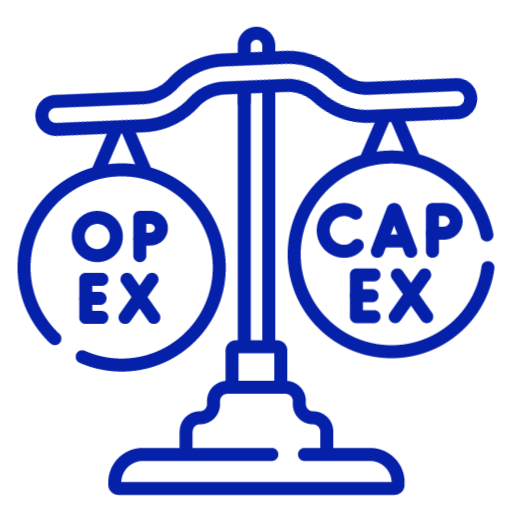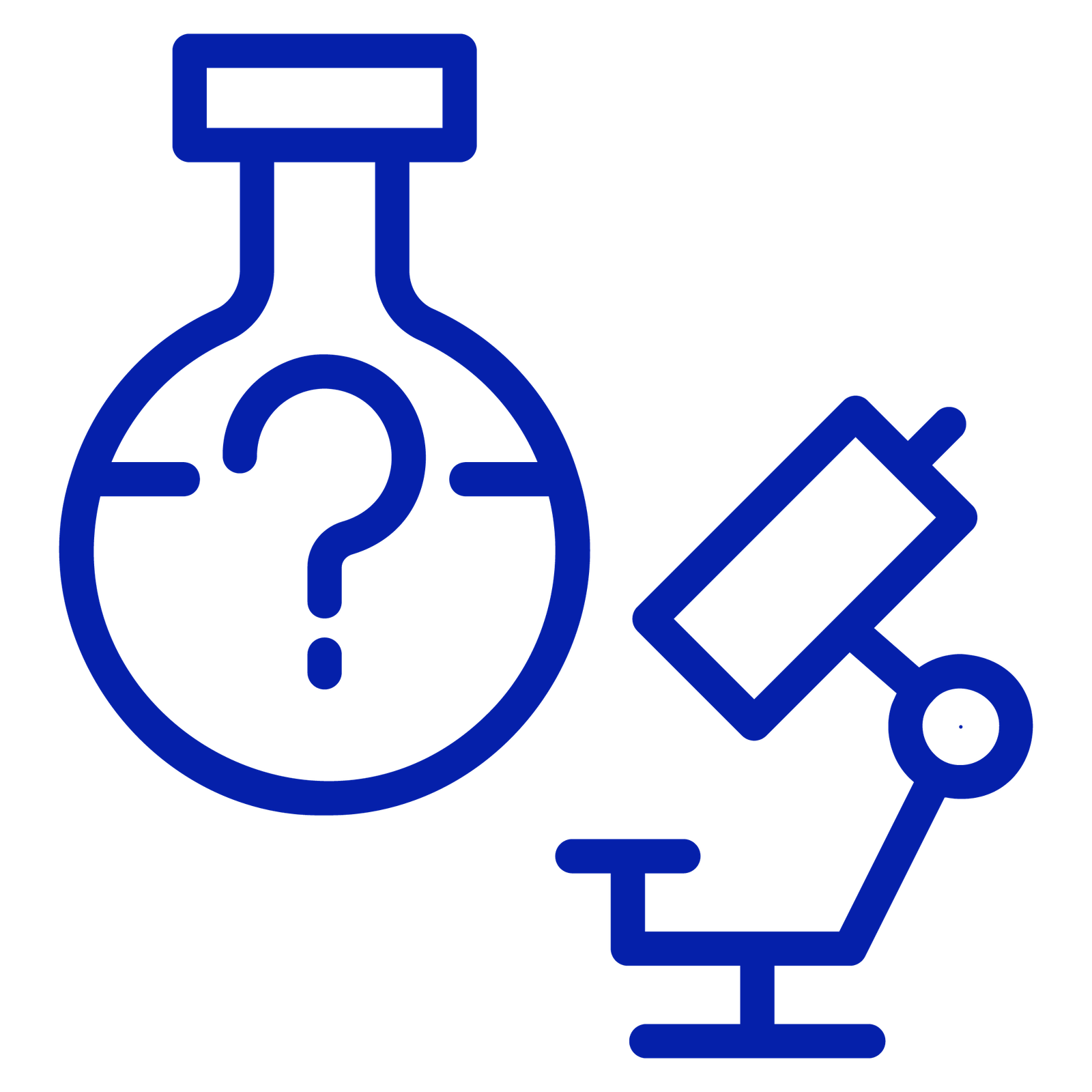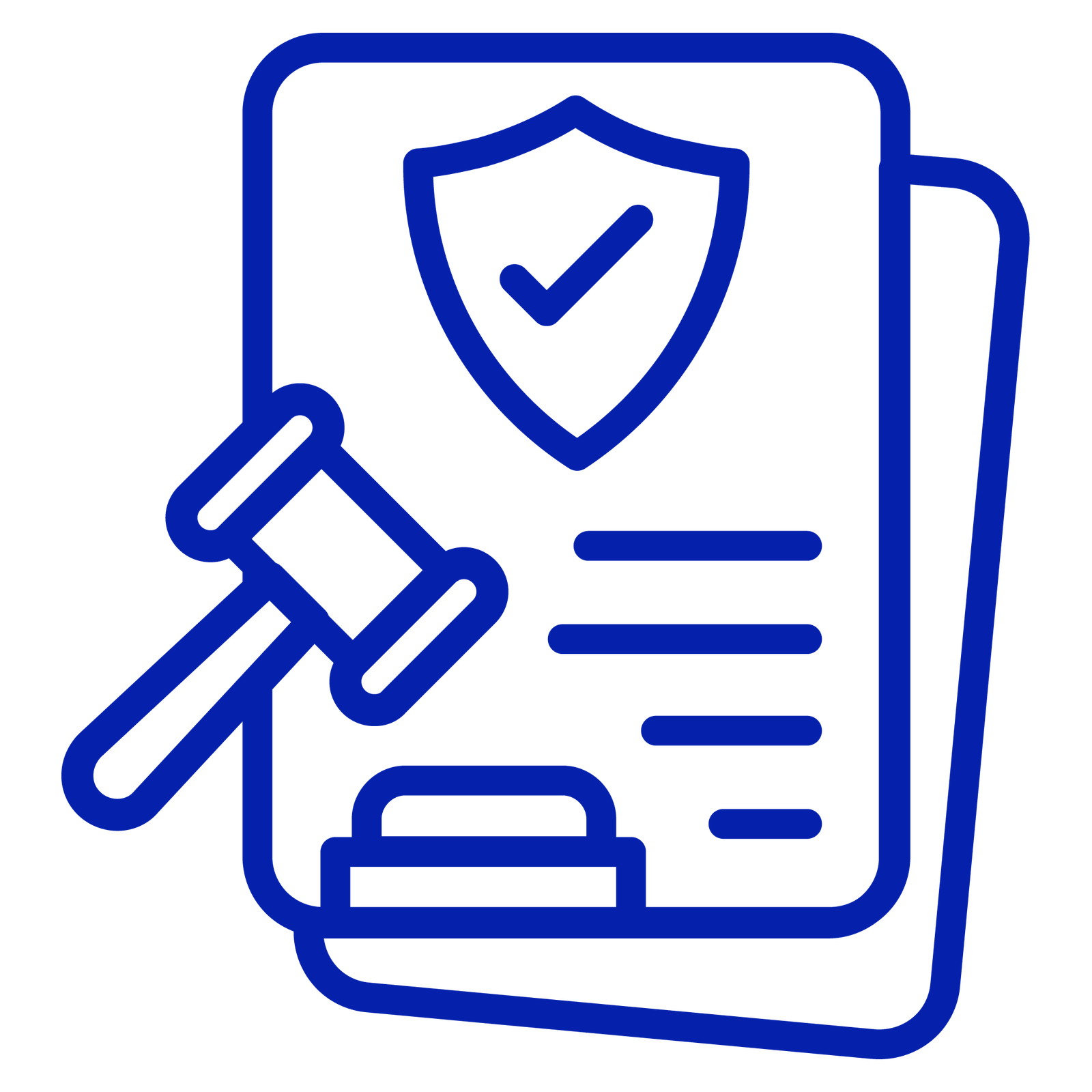Glossary
GxP
What is GxP Compliance in Pharma?
GxP compliance stands for “Good Practice” compliance and refers to the set of guidelines and regulations designed to ensure that pharmaceutical products are consistently produced and controlled to meet the required quality standards. GxP compliance in pharma covers all aspects related to manufacturing, testing, storage, distribution, and documentation of medicines, making sure that every product is safe, effective, and traceable throughout its lifecycle.
The “GxP” acronym stands for G – Good, x – Variables, P – Practices
The key aspects of GxP in pharmaceuticals include:
- Establishing quality systems and processes
- Ensuring product quality, safety, and efficacy
- Maintaining detailed documentation and records
Why is GxP Compliance in Pharma Important?
GxP compliance in pharma is mandatory for any organization involved in drug development and manufacturing. Non-compliance can result in severe regulatory actions, including warning letters, product recalls, import bans, license suspension, and heavy fines.
According to the FDA data published in 2024, over 65% of pharmaceutical warning letters in the previous year cited documentation and data integrity failures as the root cause of compliance breaches. These cases often involved missing production records, inadequate audit trails, improper change management, and data manipulation. The financial impact is significant: each data integrity incident in pharma can cost up to $1 million in direct penalties and related remediation efforts.
Further, regulatory compliance costs account for about 25% of the annual operational expenditure for a typical pharmaceutical manufacturing facility, emphasizing the resource intensity of maintaining GxP compliance in pharma.
Key Features of GxP Compliance in Pharma
1) Quality Management Systems
Effective GxP compliance requires an efficient system to manage processes, deviations, audits, training, and corrective actions. This helps organizations standardize operations and respond quickly to quality issues. For pharma companies, failing to integrate quality systems across manufacturing, research, and distribution increases inspection failures and compliance costs.
2) Data Integrity (ALCOA Principles)
All data and documentation must be Attributable, Legible, Contemporaneous, Original, Accurate, and Permanent (ALCOA+). Poor data integrity remains the leading cause of GxP compliance violations in pharma, responsible for more than half of FDA citations in recent years.
3) Traceability
GxP compliance in pharma requires transparent documentation of all actions, changes, and product movements throughout the supply chain. Complete traceability is essential not only for regulatory inspections but also for rapid and effective recall procedures, when needed.
4) Accountability
Every employee must document their actions – who did what, when, and why, so the company can demonstrate control and rectify any issue. This extends to supplier and partner oversight: companies must verify the GxP status of vendors within the supply chain.
5) Training and Qualification
Employees must be trained for their roles, and this training must be documented. Regulatory frameworks, including FDA 21 CFR Part 11 and ISO 13485, require that training records be current and available for review.
6) Controlled Documentation
Procedures, batch records, quality control data, and audit trails must be complete, unalterable, and systematically archived. Inadequate documentation control was cited as a factor in over 60% of failed inspections by global regulators in 2023.
Who Must Comply?
GxP compliance is required for pharmaceutical manufacturers, contract research and manufacturing organizations, laboratory service providers, storage and distribution companies, and any business supplying components to the regulated pharma sector. Even suppliers and subcontractors must prove GxP compliance to maintain approved status with their pharma clients.
| Abbreviation | Full Name | Purpose |
|---|---|---|
| GMP | Good Manufacturing Practice | Ensures products are manufactured consistently to quality standards. |
| GCP | Good Clinical Practice | Protects participant rights and ensures credible clinical trial data. |
| GLP | Good Laboratory Practice | Establishes standards for laboratory testing and data reliability. |
| GDP | Good Documentation Practice | Controls the creation and maintenance of accurate records. |
| GVP | Good Pharmacovigilance Practice | Guides the monitoring and management of drug safety after approval. |
| GAMP | Good Automated Manufacturing Practice | Provides standards for compliant automated manufacturing systems. |
Regulatory Importance
Compliance with GxP is required for regulatory approval and market authorization worldwide. Agencies such as the FDA, EMA, and ICH enforce these standards through inspections and audits to safeguard public health.
Conclusion
GxP compliance in pharma is foundational for product safety, regulatory approval, and sustained commercial access. It ensures that medicines reach patients as intended while minimizing the risk of recall, legal action, or reputational damage. Each area of good manufacturing, laboratory, clinical, and distribution practice supports the integrity of products and underpins the trust placed in pharmaceutical companies by regulators, healthcare providers, and patients alike.

























